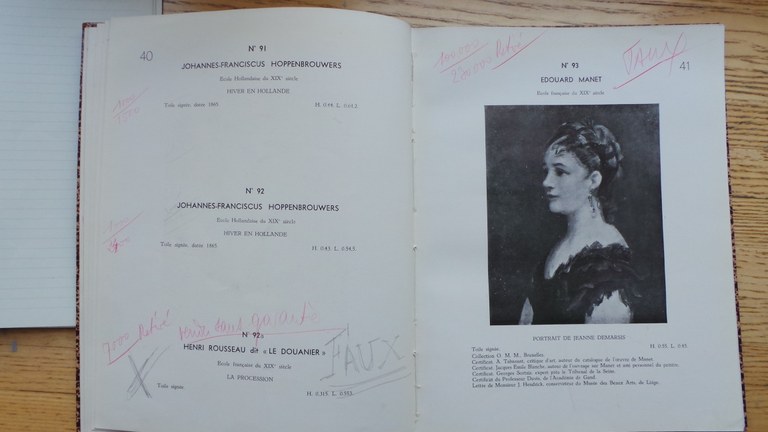The Hugo Helbing Lecture 2025 // Kim Oosterlinck, Brüssel: Art as an Investment: The Art Market in Times of Crises (1914-1945)
Termindetails
Wann
von 18:15 bis 19:30
Wo
This lecture is part of the Hugo Helbing Lecture Series. ‘The Hugo Helbing Lecture – Exploring the Art Market’ commemorates the achievements of Hugo Helbing every year. It was first held in 2016 on the occasion of the donation of annotated auction catalogues from his firm to the Zentralinstitut für Kunstgeschichte, Munich.
As a mundane part of the transaction, prices are often overlooked by art historians working on the art market. Yet, prices and their evolution may provide insights into the change in taste but also more generally allow a better understanding of the creation of collections, the changes in the nature and number of actors active in the art market and in some contexts even on artistic production. In 1904 a group of French art lovers led by André Level created a fund, La Peau de l’Ours, to invest in artworks with the objective to resell their acquisitions ten years later. The sale of the fund in Mars 1914 proved extremely successful. Yet, what would have happened had the sale occurred just a few months later, when the First World War broke out? How does the art market react to extreme events such as wars or major economic crises? These are the questions this lecture will address. The first part of the 20th century is an ideal period to address these questions as it allows discussing the cases of the two world wars and the Great Depression. Relying on databases of prices sold at auction, the lecture will provide evidence of the price trajectories in several countries. It will discuss how wars, monetary reforms, stock market crashes, exchange rate instability and the specificities of economies in occupied countries shaped the art market, influencing both supply and demand for artworks. By doing so, the lecture will, amongst other, address questions of expertise, fakes, forgeries and quality of artworks.

Kim Oosterlinck holds a master’s degree in management, a master’s degree in art history and archaeology, and a Ph.D. in economics and management from the Université libre de Bruxelles (ULB). After a post-doctoral stay at Rutgers University, he came back to ULB as professor. From 2006 to 2011, he held the chair in management of cultural institutions, and since 2011 a chair in finance.
In his work addressing the field of art, he is exploring, amongst other topics, the impact of fake discoveries on art markets, the reactions of art markets to monetary reforms and crises, art dealers’ business strategies, the question of expertise and copies, and the strategic motivations of banks to create art collections. Kim Oosterlinck has published several articles on the Belgian, British, Dutch French, and German art markets during WWII. He is currently co-chair of TIAMSA (The International Art Market Studies Association) and board member of the Wittockiana. Since July 1st, 2024, Kim Oosterlinck acts as general director of the Royal Museum of Fine Arts of Belgium.
[Caption: Annotated catalogue, “Manet, Portrait de Jeanne Demarsy”, sale at the Galerie Renaissance in Brussels in December 1941, archives of the RMFAB, Annotation “Retiré” (withdrawn) and “Faux” (Fake)]
______
PARTICIPATION:
Participation free of charge and without registration. The event will be broadcasted in parallel via Zoom: https://us02web.zoom.us/meeting/register/QIgF8Mw7RB20gKPpwpiG2Q | Recording of the event or parts of the event as well as screenshots are not permitted. By participating, you accept these terms of use.
